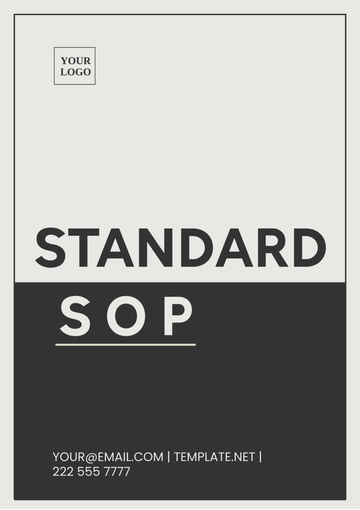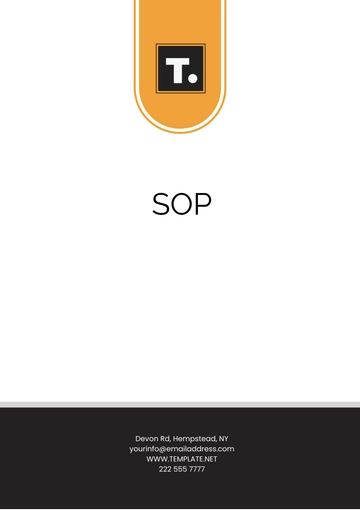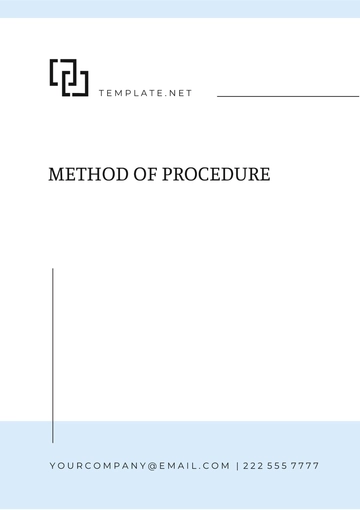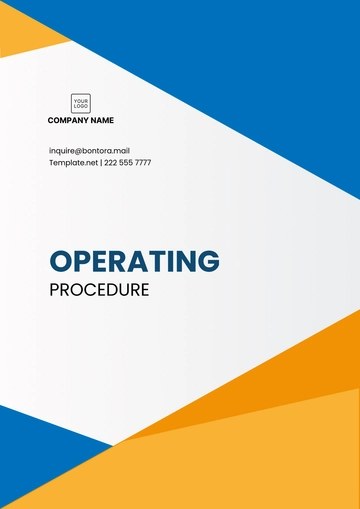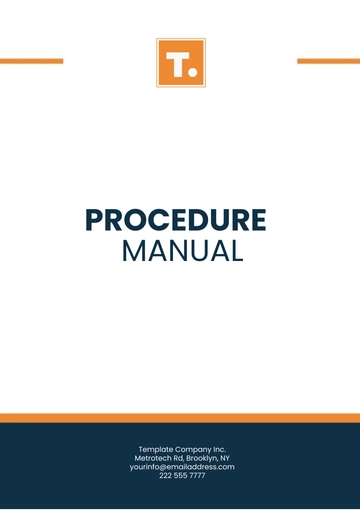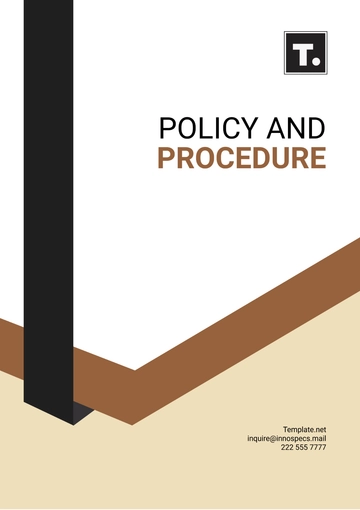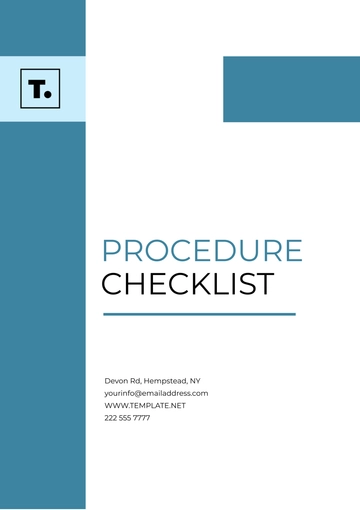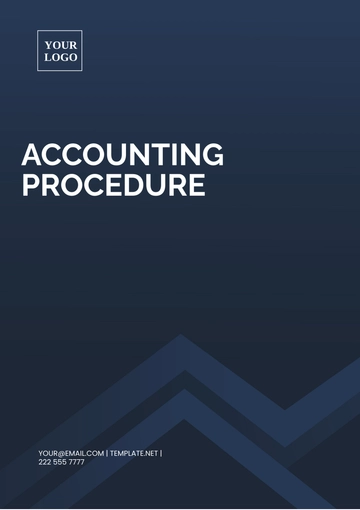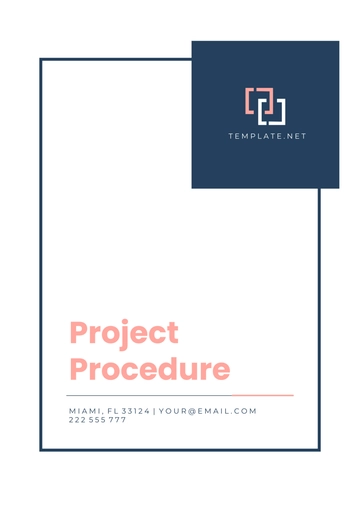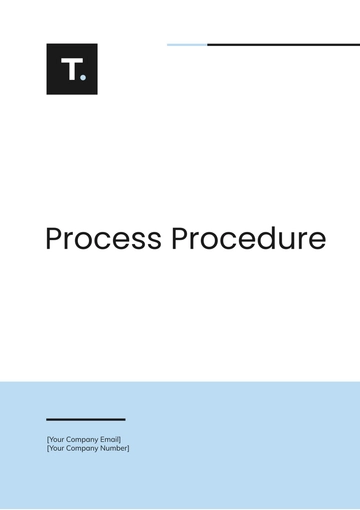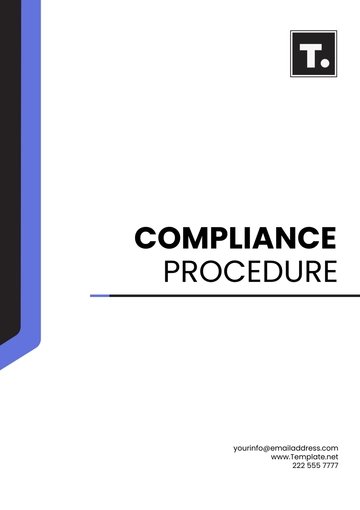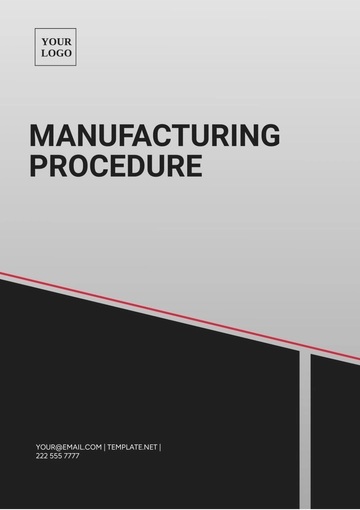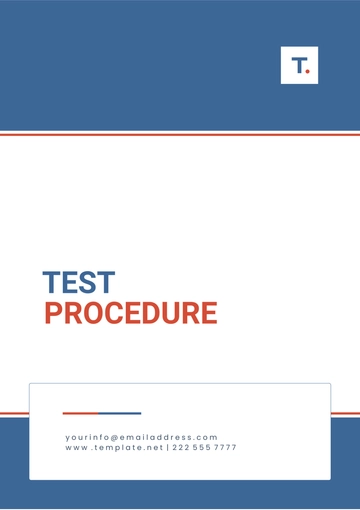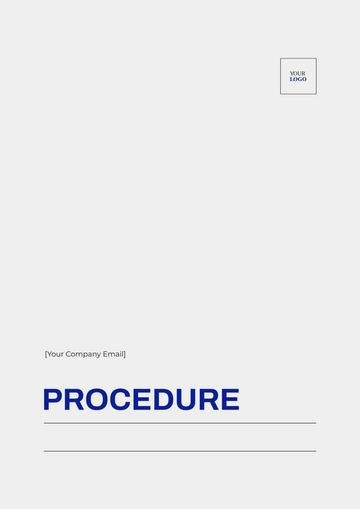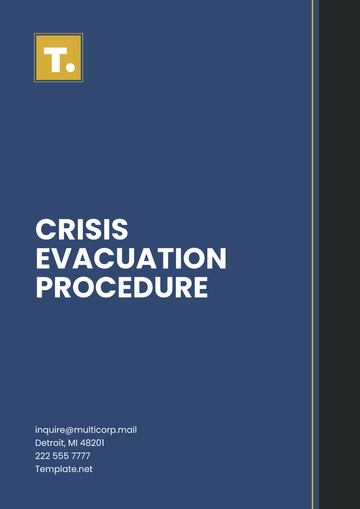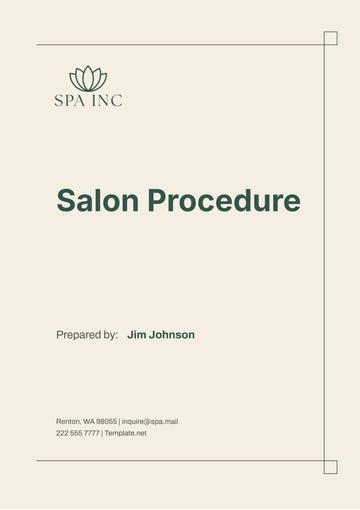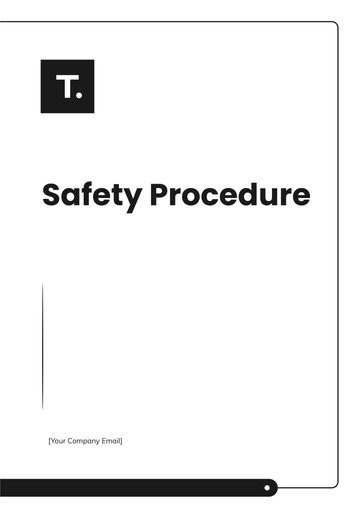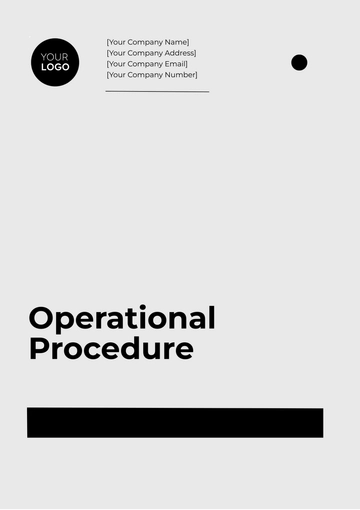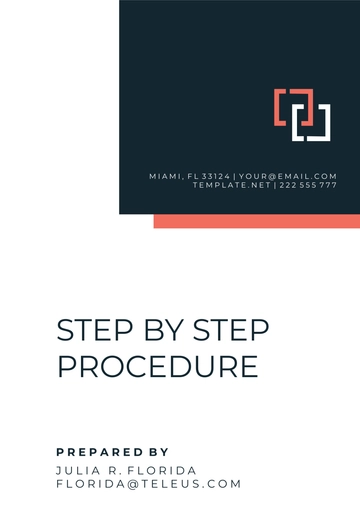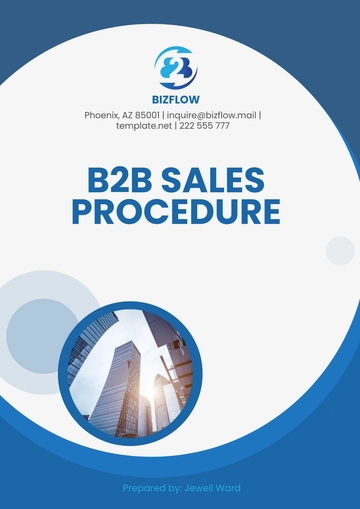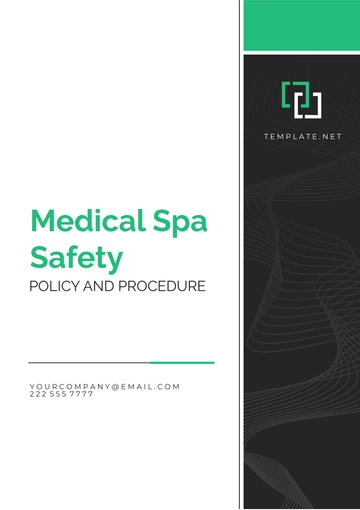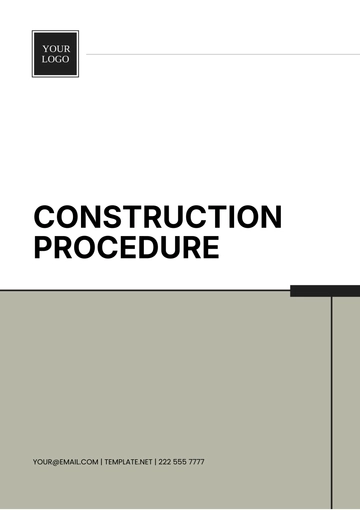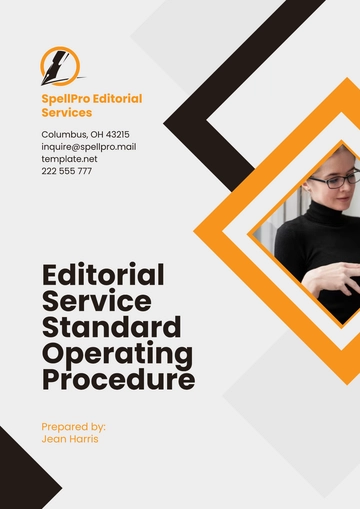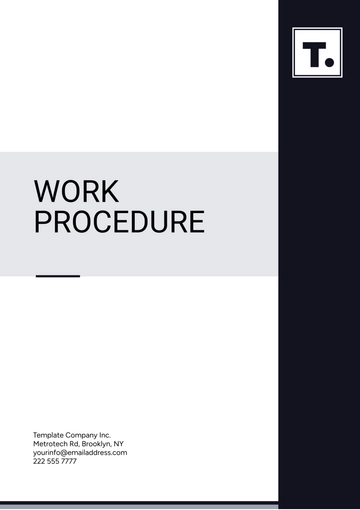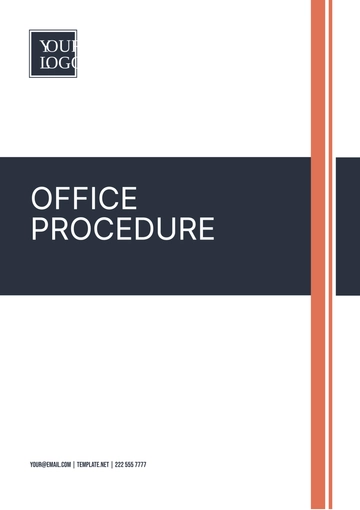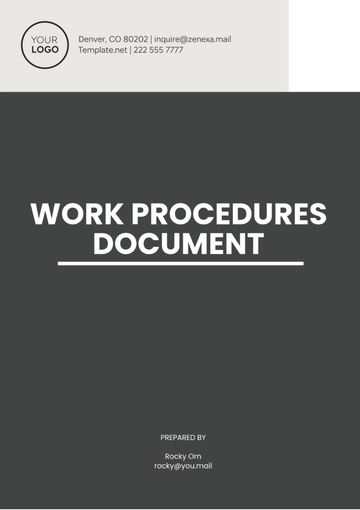Free Hotel HR Procedure
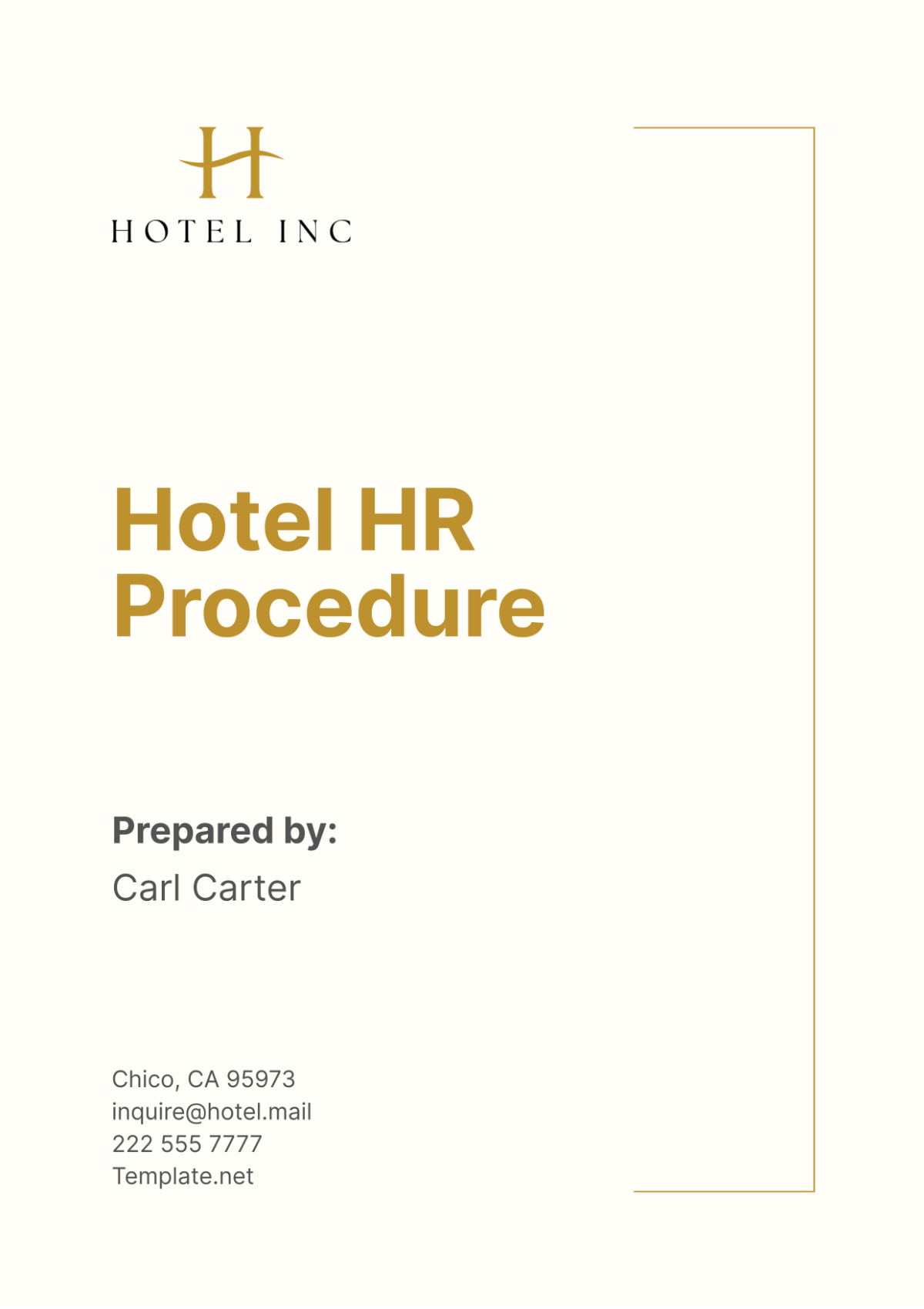
I. Introduction
This Hotel HR Procedure document outlines the necessary steps for managing human resources effectively at [Your Company Name]. The procedure is designed to ensure compliance with relevant labor laws, promote fairness, and foster a positive work environment. By following these guidelines, [Your Company Name] aims to maintain a productive and motivated workforce, ensuring operational excellence and high standards of service.
II. Recruitment and Hiring
Recruitment and hiring are critical processes for ensuring that [Your Company Name] attracts and retains the best talent. This chapter outlines the procedures for identifying job vacancies, creating job descriptions, posting job advertisements, screening applications, conducting interviews, and making job offers. By following these steps, we aim to build a skilled and motivated workforce that aligns with our company's goals and values.
1. Job Posting
To begin the recruitment process:
Identify the Job Vacancy: Determine the need for a new position or the replacement of an existing role based on operational requirements.
Create a Job Description and Specifications: Develop a detailed job description outlining the responsibilities, qualifications, and skills required.
Post the Job Advertisement: Advertise the job vacancy on [Your Company Website], [Job Portals], and [Your Company Social Media] platforms to reach a broad audience.
Table: Job Posting Details
Job Title | Department | Posting Date | Application Deadline | Platforms |
|---|---|---|---|---|
Front Desk Agent | Front Office | [Date] | [Date] | Website, LinkedIn |
Housekeeper | Housekeeping | [Date] | [Date] | Indeed, Facebook |
2. Application Screening
Screen applications through the following steps:
Initial Review of Resumes: Assess resumes to ensure candidates meet the basic qualifications and experience requirements.
Shortlisting Candidates: Select candidates for further evaluation based on their credentials and relevance to the job role.
Scheduling Interviews: Arrange interviews with shortlisted candidates, ensuring timely communication and coordination.
3. Interview Process
During the interview process:
Conduct Initial Phone or Video Interviews: Screen candidates through initial phone or video calls to gauge their suitability.
Arrange In-Person or Detailed Video Interviews: Conduct comprehensive interviews with selected candidates, involving multiple interviewers if necessary.
Comprehensive Assessment: Use a panel or multiple interviewers to evaluate candidates from different perspectives.
Table: Interview Process Steps
Candidate Name | Initial Interview Date | In-Person/Video Interview Date | Panel Members |
|---|---|---|---|
[Name] | [Date] | [Date] | HR, Department Head |
[Name] | [Date] | [Date] | HR, Operations Manager |
4. Selection and Offer
Once a candidate is selected:
Verify References and Background Checks: Conduct thorough reference and background checks to verify the candidate's credentials.
Extend a Formal Job Offer: Provide a written job offer detailing the terms and conditions of employment.
Negotiate Salary and Other Terms: Discuss and finalize salary, benefits, and other employment terms as necessary.
III. Employee Onboarding
A smooth and effective onboarding process is essential for integrating new employees into [Your Company Name]. This chapter details the procedures for welcoming new hires, providing them with necessary information and tools, and ensuring they quickly become productive members of the team. A well-structured onboarding program helps new employees feel valued and supported from day one.
To ensure smooth onboarding:
Prepare the Welcome Packet and Documentation: Assemble a welcome packet containing essential documents, company policies, and introductory information.
Organize Orientation Sessions: Schedule orientation sessions to familiarize new hires with the company culture, policies, and procedures.
Assign a Mentor or Buddy: Pair new employees with a mentor or buddy to guide them through their initial days.
Set Up Necessary Workstations and Tools: Ensure all necessary equipment and tools are ready for the new hire's first day.
Table: Onboarding Checklist
Task | Responsible Person | Due Date | Status |
|---|---|---|---|
Prepare welcome packet | HR | [Date] | Completed |
Schedule orientation session | HR Manager | [Date] | Scheduled |
Assign mentor | Department Head | [Date] | Completed |
Set up workstation | IT Department | [Date] | In Progress |
IV. Training and Development
Continuous training and development are vital for maintaining a high-performing workforce at [Your Company Name]. This chapter describes the steps involved in identifying training needs, developing training programs, scheduling regular training sessions, and evaluating their effectiveness. Investing in employee development ensures that our staff remains knowledgeable, skilled, and capable of delivering exceptional service.
To promote continuous employee development:
Identify Training Needs: Conduct training needs assessments to identify skill gaps and development opportunities.
Develop Training Programs and Materials: Design and create training programs and materials tailored to address identified needs.
Schedule Regular Training Sessions: Organize training sessions on a regular basis to ensure continuous development.
Monitor and Evaluate Training Effectiveness: Assess the impact of training programs through feedback and performance metrics.
Table: Training Schedule
Training Topic | Trainer | Date | Attendees |
|---|---|---|---|
Customer Service Skills | External Trainer | [Date] | Front Desk Staff |
Safety and Compliance | HR Department | [Date] | All Employees |
V. Performance Management
Effective performance management is key to achieving organizational success. This chapter outlines the process for setting performance goals, conducting regular performance reviews, managing poor performance, and recognizing employee achievements. By implementing a structured performance management system, [Your Company Name] ensures that employees are aligned with company objectives and are continuously improving.
1. Goal Setting
Set clear performance goals based on the following criteria:
Specific: Clearly define what needs to be achieved.
Measurable: Establish criteria for measuring progress and success.
Achievable: Ensure the goals are realistic and attainable.
Relevant: Align goals with the employee's role and company objectives.
Time-bound (SMART): Set deadlines for goal achievement.
2. Performance Reviews
Conduct performance reviews through the following steps:
Schedule Periodic Performance Assessments: Conduct regular performance reviews to evaluate employee progress.
Provide Constructive Feedback: Offer feedback that highlights strengths and areas for improvement.
Set New Goals and Development Plans: Establish new performance goals and development plans based on the review.
3. Managing Poor Performance
If an employee underperforms:
Identify Performance Issues: Clearly define and document the areas where performance is lacking.
Provide Necessary Support and Training: Offer training and resources to help the employee improve.
Set Up a Performance Improvement Plan (PIP): Develop a structured plan with specific goals and timelines for improvement.
Monitor Progress and Give Feedback: Regularly review the employee's progress and provide ongoing feedback.
Take Corrective Actions if No Improvement is Observed: Implement disciplinary actions if necessary improvements are not made.
VI. Employee Relations
Maintaining positive employee relations is crucial for fostering a harmonious and productive work environment at [Your Company Name]. This chapter covers the strategies for promoting open communication, conducting employee satisfaction surveys, addressing grievances, resolving conflicts, and promoting a healthy work-life balance. Strong employee relations contribute to higher job satisfaction and reduced turnover.
To maintain positive employee relations:
Foster Open Communication: Encourage open dialogue between management and employees.
Conduct Regular Employee Satisfaction Surveys: Gather feedback from employees to gauge satisfaction and identify areas for improvement.
Address Grievances and Resolve Conflicts Promptly: Implement a process for handling employee grievances and resolving conflicts efficiently.
Promote a Healthy Work-Life Balance: Support initiatives that help employees maintain a balance between work and personal life.
Table: Employee Relations Activities
Activity | Frequency | Responsible Person |
|---|---|---|
Employee satisfaction surveys | Quarterly | HR Department |
Grievance handling | As needed | HR and Department Heads |
Work-life balance programs | Monthly | HR Manager |
VII. Compliance and Legal
Compliance with labor laws and regulations is a fundamental responsibility of [Your Company Name]. This chapter explains the importance of staying updated with legal requirements, implementing compliant policies, conducting regular audits, and providing training on compliance and ethical conduct. Ensuring legal compliance protects the company from potential liabilities and fosters a culture of integrity.
Ensure compliance with labor laws and regulations:
Stay Updated with Labor Laws: Regularly review local, state, and federal labor laws to ensure compliance.
Implement Company Policies Adhering to Legal Standards: Develop and enforce company policies that meet legal requirements.
Conduct Regular Audits and Reviews: Perform periodic audits to ensure adherence to legal standards and company policies.
Provide Training on Compliance and Ethical Conduct: Educate employees about legal requirements and ethical behavior.
Table: Compliance Checklist
Compliance Area | Review Frequency | Last Reviewed | Responsible Person |
|---|---|---|---|
Labor law updates | Quarterly | [Date] | Legal Department |
Policy adherence | Annually | [Date] | HR Department |
Ethical conduct training | Bi-Annually | [Date] | Training Manager |
VIII. Documentation and Record-Keeping
Accurate documentation and record-keeping are essential for managing human resources effectively at [Your Company Name]. This chapter outlines the procedures for maintaining confidential employee files, recording employment actions and decisions, and storing records in accordance with legal and company requirements. Proper documentation supports transparency, accountability, and informed decision-making within the organization.
Maintain accurate and complete records:
Keep Employee Files Confidential and Secure: Store employee records securely and ensure confidentiality.
Record All Employment Actions and Decisions: Document hiring, promotions, disciplinary actions, and terminations accurately.
Maintain Training, Attendance, and Performance Records: Keep detailed records of all training sessions, attendance, and performance evaluations.
Store Records Following Company and Legal Requirements: Adhere to company policies and legal standards for record retention.
Table: Record-Keeping Requirements
Record Type | Storage Duration | Access Level |
|---|---|---|
Employee files | 5 years post-termination | HR Department |
Training records | 3 years | Training Manager |
Performance evaluations | Duration of employment | HR Department |
Attendance records | 2 years | Department Heads |
Contact Information for HR Inquiries:
[Your Name]
[Your Title]
[Your Company Name]
[Your Company Address]
Phone: [Your Company Number]
Email: [Your Company Email]
- 100% Customizable, free editor
- Access 1 Million+ Templates, photo’s & graphics
- Download or share as a template
- Click and replace photos, graphics, text, backgrounds
- Resize, crop, AI write & more
- Access advanced editor
Streamline your hotel's HR processes with the Hotel HR Procedure Template from Template.net. Effortlessly manage employee onboarding, performance evaluations, and disciplinary procedures. Customizable with our AI editor, this template ensures compliance with industry regulations while optimizing efficiency. Elevate your HR operations today with Template.net's editable solution.
